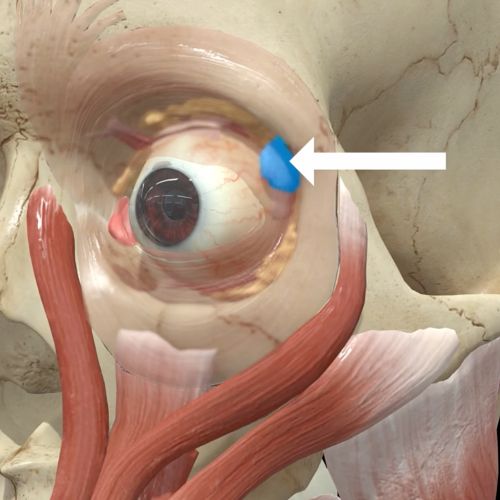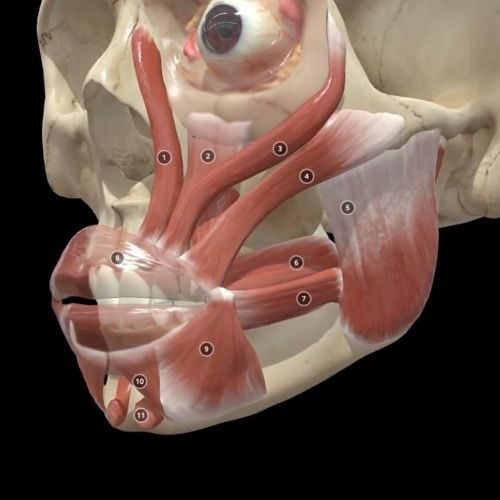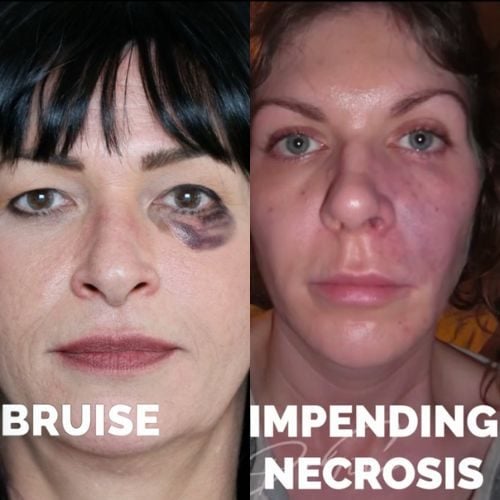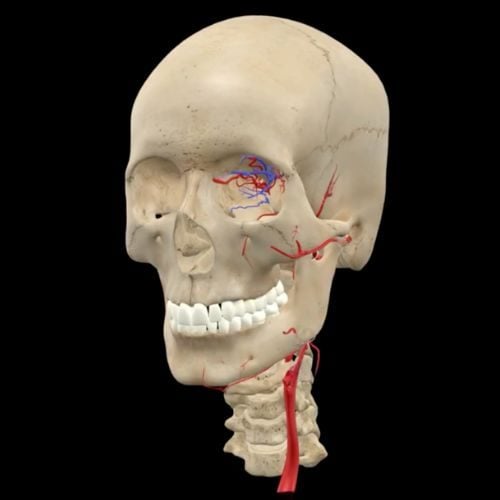- Mail us: support@drtimpearce.com
The Truth About Injection Risk Zones
You may be interested
 Dr Tim Pearce
Dr Tim Pearce
And How to Stay Safe
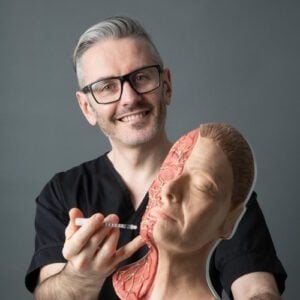 One of the most dangerous beliefs an injector can adopt is this:
One of the most dangerous beliefs an injector can adopt is this:
“Anatomy is too variable to predict.”
It might sound humble or cautious—but it’s a myth that creates uncertainty and anxiety. If anatomy were so unpredictable, we wouldn’t all look recognisably human. The truth? Our anatomy is remarkably consistent. And while variations exist, what matters most in aesthetics is understanding probabilities , patterns , and depths —and how to inject accordingly.
In this blog, we’ll break down the most dangerous areas of the face to inject, and how to use clinical anatomy to dramatically reduce your complication risk.
Why Depth Is the Real Danger
Think of it this way: the most dangerous injection is almost always the deepest one in the wrong place . If you understand depth—and the structures beneath each layer—you can avoid serious complications like blindness, necrosis, and vascular occlusion.
Let’s go through some of the key danger zones and what makes them high risk:
1. The Supraorbital and Supratrochlear Arteries
These arteries supply the upper face and have a direct connection to the ophthalmic artery, which connects to the brain.
Deep injections on bone near the glabella and central forehead are particularly risky.
How to stay safe:
- Avoid high-pressure boluses in these areas
- Inject superficially
- Use soft fillers in small volumes
- Always aspirate and consider vessel-mapping tools like ultrasound
2. The Infraorbital Foramen
The infraorbital artery exits through the maxilla and can backflow into the deeper vasculature, including the maxillary artery .
An occlusion here can affect not just the cheek—but the nasopharynx and soft palate .
How to stay safe:
- Avoid deep needle injections near this foramen
- Stay in the superficial fat
- Use cannulas in risky midface areas
3. Mental Foramen and Chin Area
The mental artery exits near the premolars and travels toward the lower lip.
Complications here may include lip necrosis, numbness, or even damage to the teeth.
How to stay safe:
- Inject superficially in the chin
- Avoid high-pressure or high-volume boluses
4. The Facial Artery Pathway
This major artery runs deep near the mandibular notch and comes more superficial near the nasal ala and lips.
Worst-case scenario? A large bolus deep over the mandibular notch.
How to stay safe:
- Use a cannula when injecting near the jawline
- Be especially cautious with needle depth near the modiolus
5. Parallel Artery Risks
When your injection path runs parallel to an artery—especially with a cannula—you dramatically increase the chance of cannulating it and delivering product directly into the lumen.
Key areas to watch out for:
- Dorsum of the nose (dorsal nasal arteries)
- Nasolabial fold (facial artery)
- Columella tip lifts (columellar artery)
- Lips (labial arteries under the orbicularis oris)
How to stay safe:
- Adjust injection angles to cross arteries, not follow them
- Use micro-boluses
- Aspirate with every injection
- Combine safety checks like compression and depth awareness
6. Capillary Crush: Pressure Necrosis
Not all complications are vascular occlusions. In high-density tissue zones (tip of nose, chin, glabella), too much volume creates pressure that crushes the capillary network.
This isn’t a blockage—it’s a compression injury .
Signs to look for:
- Immediate blanching
- Persistent paleness
- Ulcer-like wounds days later
How to stay safe:
- Always assess tissue compliance with a pinch test
- Avoid overfilling firm, non-mobile zones
- Use soft fillers in thick skin areas
Clinical Safety Isn’t Guesswork—It’s Pattern Recognition
What separates safe, confident injectors from nervous beginners is their ability to see the anatomy in their mind’s eye —and understand where structures are likely to be.
Not exactly. Not always. But predictably enough to guide safer practice.
And it’s this kind of education—clinical, pattern-based, risk-aware—that we focus on in Dr Tim’s anatomy webinars.
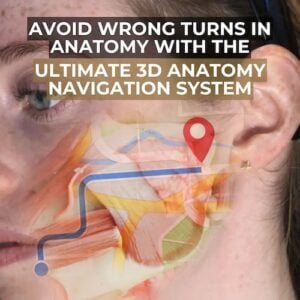 Ready to Increase Your Safety and Confidence?
Ready to Increase Your Safety and Confidence?
Join Dr Tim LIVE to learn:
- How to identify high-risk zones on any face
- Where to inject (and where not to)
- How to combine depth, anatomy, and product choice to avoid complications
👉 Reserve your seat for Dr Tim’s next anatomy webinar here.
This is your first step toward becoming a safer, more confident injector.
Related Articles
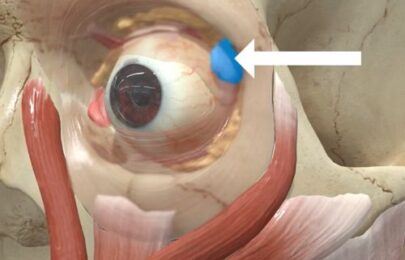 Bestseller
Bestseller
Avoiding Botox Eye Complications From Dry Eye to the ‘Psycho Look’
September 30, 2025
Avoiding Botox Eye Complications From Dry Eye to the ‘Psycho Look’
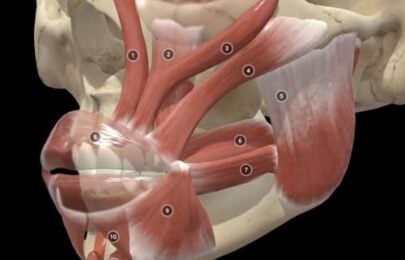 Bestseller
Bestseller
How to Fix a Crooked Smile with Botox
September 25, 2025
How to Fix a Crooked Smile with Botox
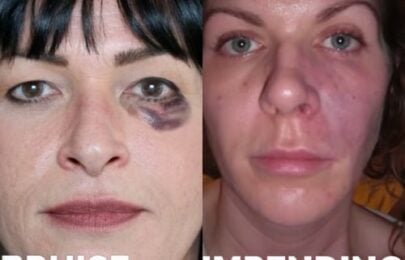 Bestseller
Bestseller
Multiple Causes of Vascular Occlusion and Necrosis
September 23, 2025

